Yemeni protesters condemn continued Saudi-led aggression, demonstrate determined resistance
Thousands of Yemeni people have poured into the streets in the capital Sana’a and other cities to voice their outrage over the continued acts of aggression and war crimes committed by the Saudi-led coalition.
The demonstrations were held on Saturday in honor of the late founder of the Ansarullah movement Hussein al-Houthi.
Waving Yemen’s flag, the protesters chanted slogans against the aggressors and their key ally, the United States.
They expressed support for the Yemeni army troops and fighters from the Popular Committees, and called for resistance against the Saudi-led coalition of aggression during the massive rally in the capital staged under the motto “Cry in the Face of Aggressors.”
The Yemeni protesters made it clear to their enemies that their country will remain independent and free. Demonstrators also slammed dishonest calls for peace made by certain Arab governments that have normalized relations with the Israeli regime.
Moreover, the Yemenis reiterated their support for the Palestinian cause.
High-ranking Yemeni officials and politicians participated in the large demonstration in Sana’a.
Elsewhere in Yemen’s central province of al-Bayda, large crowds of people took part in massive protests in the Rada'a and As Sawadiyah districts to condemn the Saudi war.
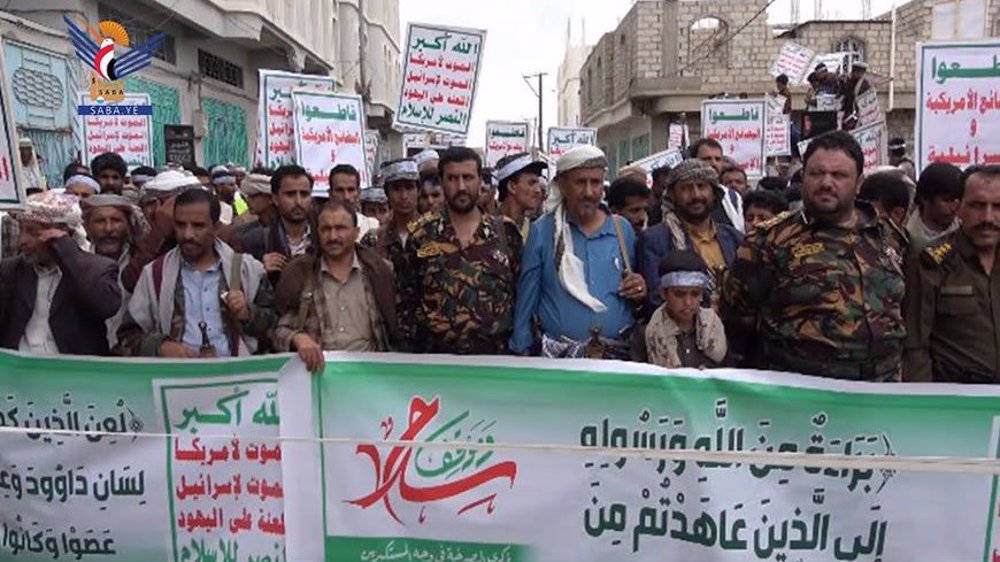
The protesters carried Yemeni flags and photos of the victims of the Saudi-led military campaign.
They also held banners denouncing Riyadh’s airstrikes and calling for resistance against military aggression.
The residents of the Jabal al-Sharq, Wusab al-Ali, and Wusab al-Safil districts in the southeastern province of Dhamar also staged mass rallies to condemn the crimes of the Saudi-led military alliance and the brutal blockade of Yemen.
The participants also slammed international circles’ silence on the Saudi atrocities and the economic war led by Al Saud and Al Nahyan ruling families in Saudi Arabia and the United Arab Emirates.
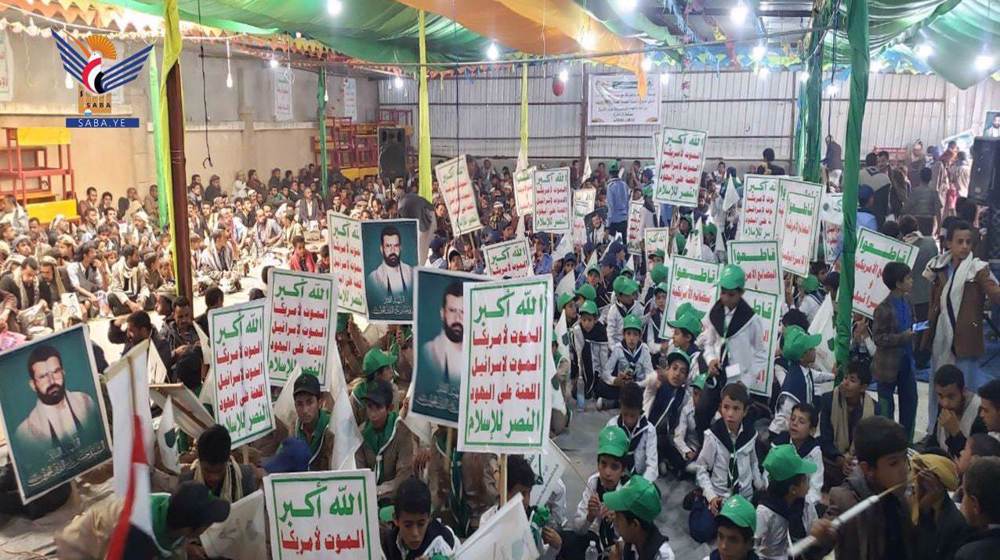
In another rally held in the Mahliyah district of Yemen’s central province of Ma’rib, demonstrators decried the Saudi-led aggression and the international community’s inaction in the face of the aggressors and their policy to prevent food supplies to Yemenis.
The rallies came as the UN-brokered truce between Yemen's warring parties was extended for another two months on June 2.
A Yemeni military official said the Saudi-led coalition forces and their allied militants have violated the ongoing ceasefire at least 129 times during the past 24 hours.
The official told Yemen’s official Saba news agency on condition of anonymity that the violations included flights of Saudi-led reconnaissance aircraft in the skies of Ma’rib, Hajjah, Jawf, Sa'ada, Ta’izz, and Dhale provinces, as well as border fronts.
Moreover, he said, Saudi-led coalition forces and their allied Takfiri militants established new combat fortifications around the city of Ma’rib, al-Tina area in Yemen’s northwestern province of Hajjah, Sabira area in Dhale province, and south of al-Difa' Hills, and in the al-Sawh area close to Saudi Arabia’s southern region of Najran.
He added that Saudi-led troops and their mercenaries also attempted to infiltrate the positions of Yemeni army troops and fighters from the Popular Committees in the al-Tina area of Hajjah province.
The Yemeni military official further noted that residential buildings also came under artillery shelling in al-Balaq al-Sharqi, Mala'a, and al-Rawdha areas of Ma’rib province, Malaheez and Madafen areas in Sa'ada province, in addition to al-Tina area and Haradh district in Hajjah province.
Saudi Arabia launched the devastating war on Yemen in March 2015 in collaboration with its Arab allies and with arms and logistics support from the US and other Western states.
The objective was to reinstall the Riyadh-friendly regime of Abd Rabbuh Mansur Hadi and crush the Ansarullah resistance movement, which has been running state affairs in the absence of a functional government in Yemen.
While the Saudi-led coalition has failed to meet any of its objectives, the war has killed hundreds of thousands of Yemenis and spawned the world’s worst humanitarian crisis
China slams US as ‘war-addicted’ threat to global security
China ‘firmly opposes’ US military aid to Taiwan
VIDEO | Press TV's News Headlines
President Yoon Suk Yeol to be removed from office
At least 19 Gazans killed by Israeli airstrikes since dawn: Medics
Leader: Iran neither has nor needs proxy forces
US fighter aircraft shot down ‘in friendly fire’ amid aggression on Yemen
Yemeni FM: Israel’s sponsors accountable for ongoing aggression on Sana’a


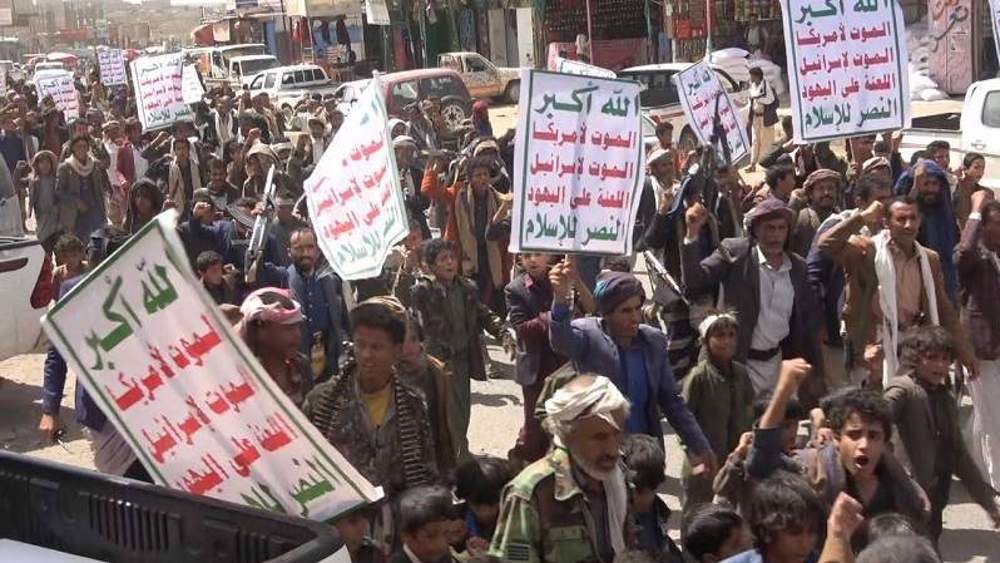

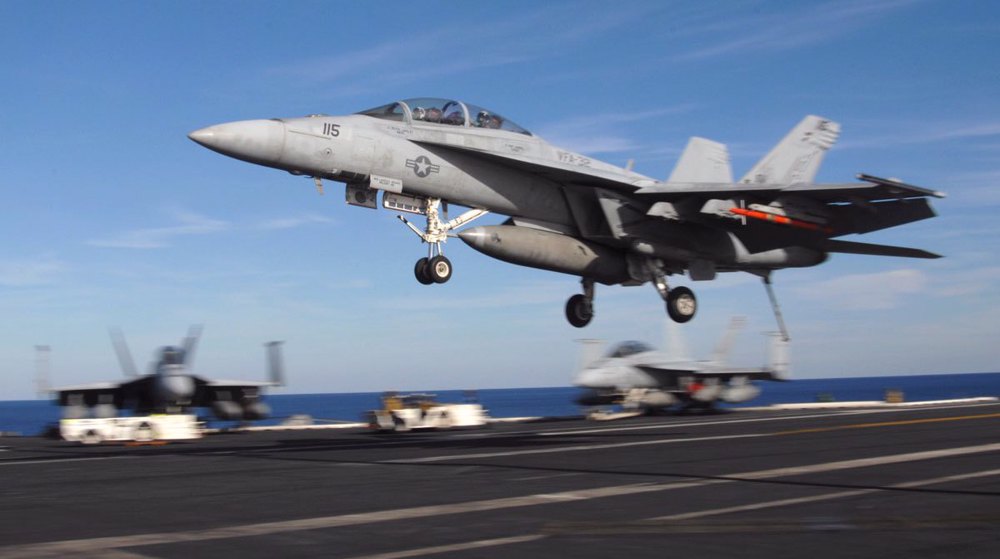
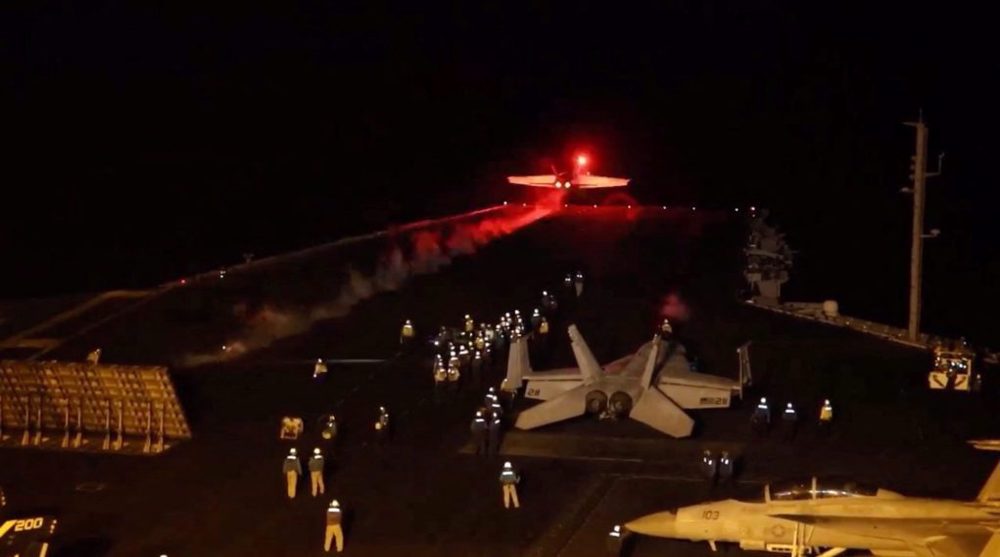
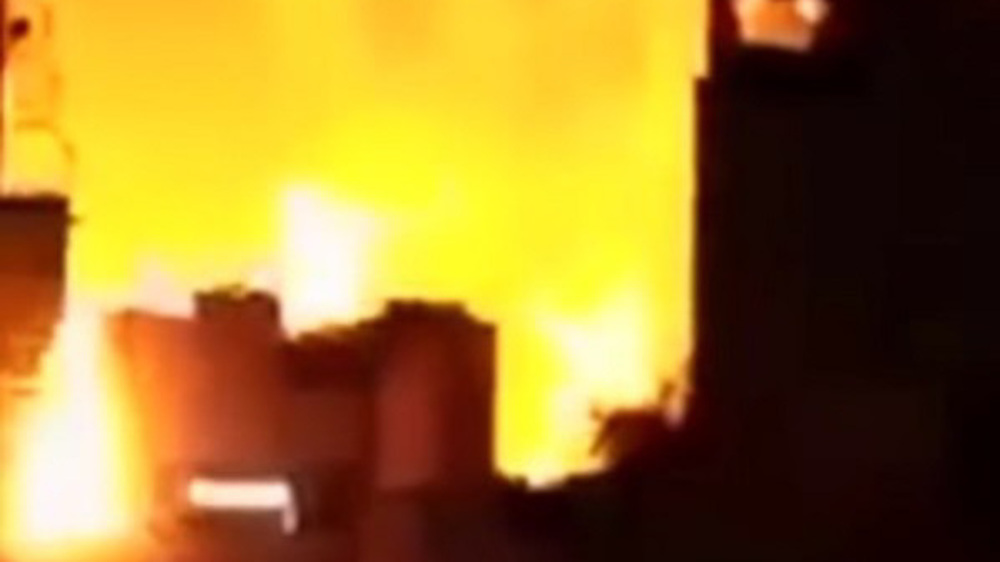



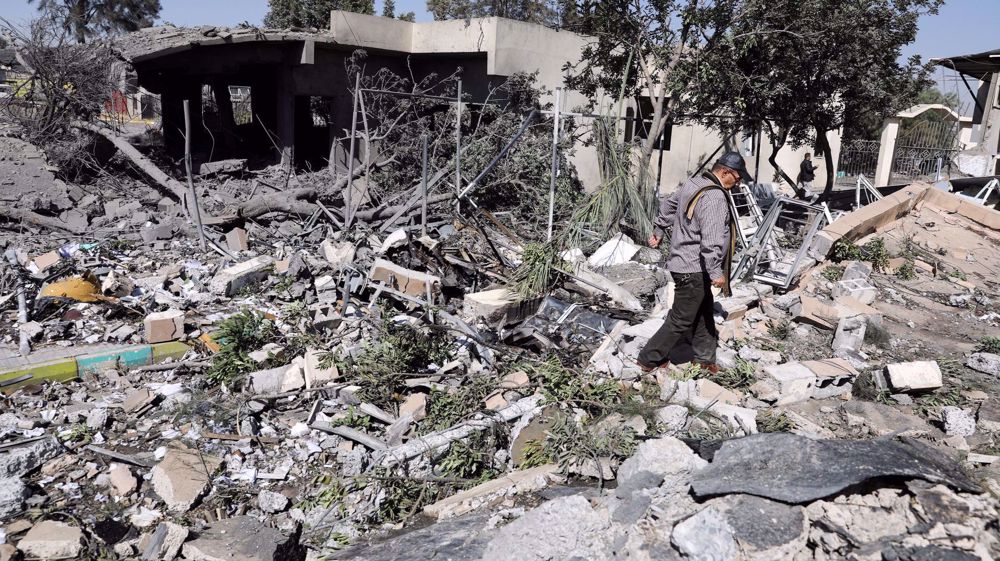
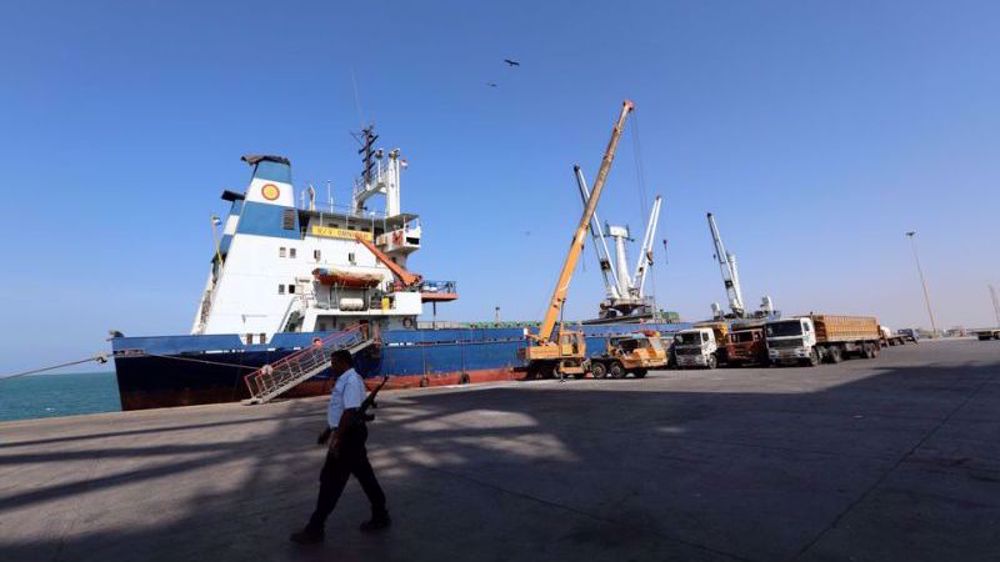
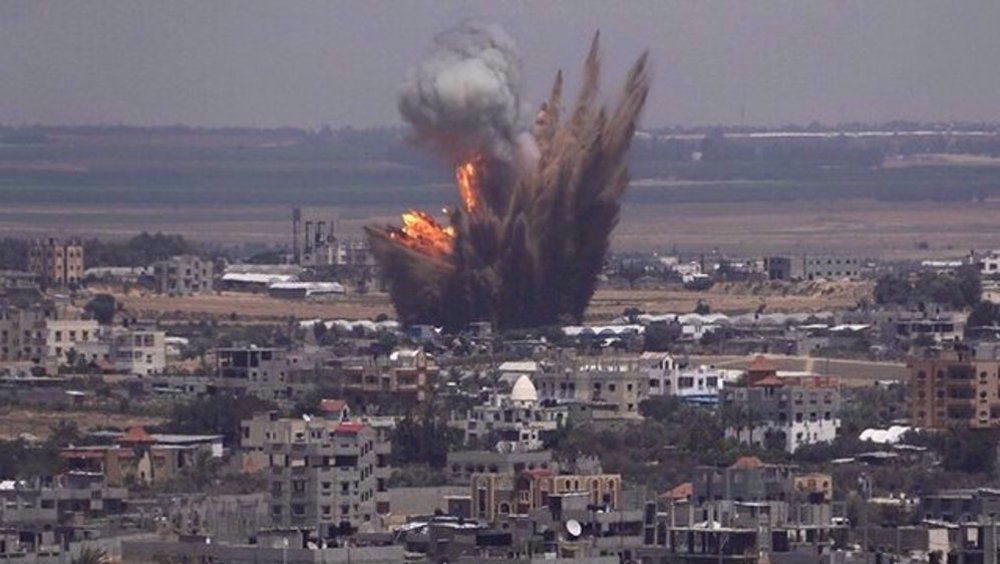

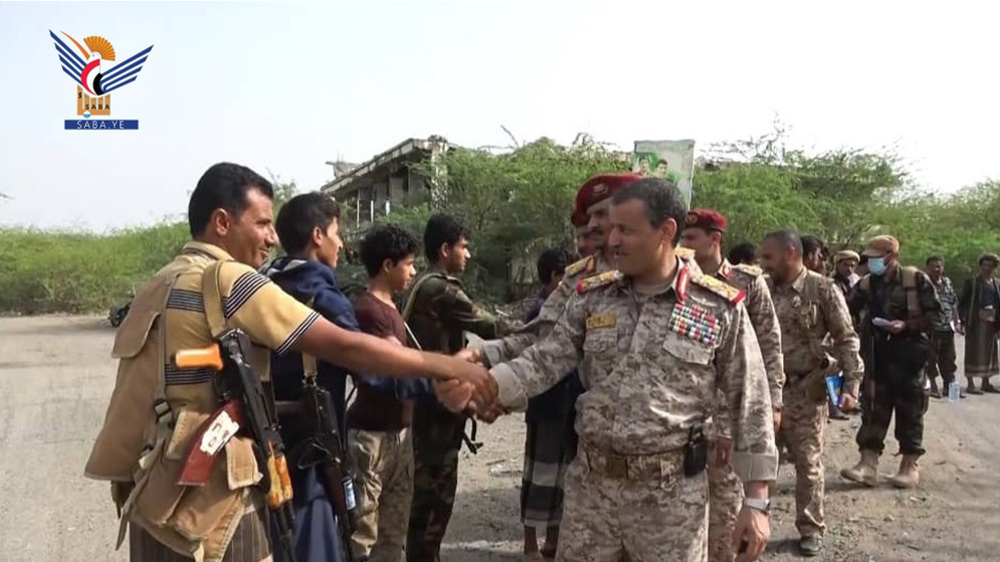

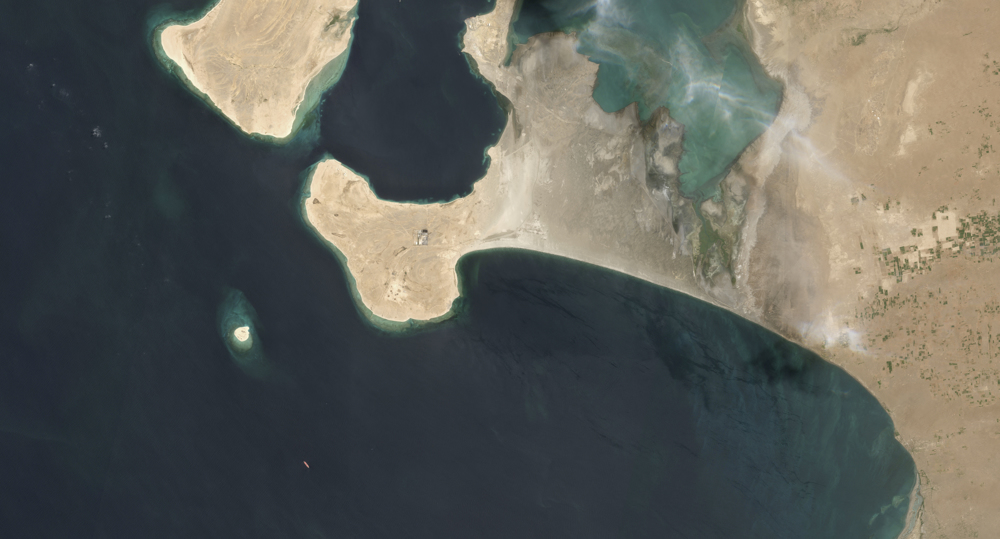

 This makes it easy to access the Press TV website
This makes it easy to access the Press TV website